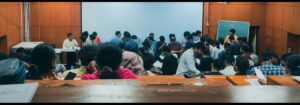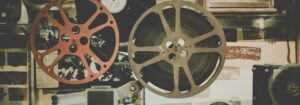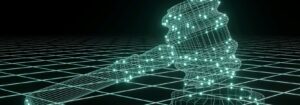Active Learning Activities
Active learning activities are tailored to specific learning outcomes and content. They incorporate one or more of the evidence-based strategies. Structured to expose their theoretical underpinnings, the activities can be used by practitioners and researchers alike.

19 Results
- Languages and Literature
- Social sciences
- Psychology
- Biochemistry
- Chemistry
- Environmental science
- Health science
- Case-based Learning
- Jigsaw
- Reflective Writing
- Gallery Walk
- Inquiry-Based Learning
- Just in Time Teaching (JiTT)
- Flipped Classroom
- Debates
- Two-Stage Assessment
- Problem-Based Learning
- Concept Mapping
- Snowball
- Portfolio-Based
- Project-Based Instruction
- Exploration & inquiry
- Preparation & knowledge activation
- Single class period (< 90 mins)
- Multiple class periods (2-3 classes)
- Semester long
- Small (20-49)
















